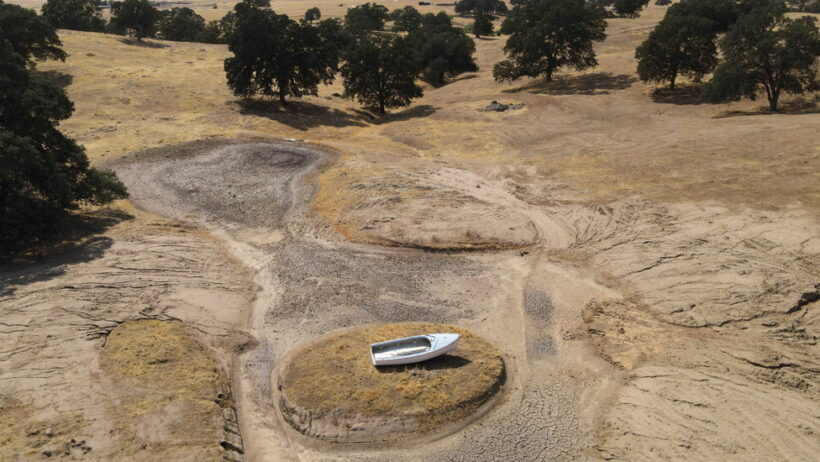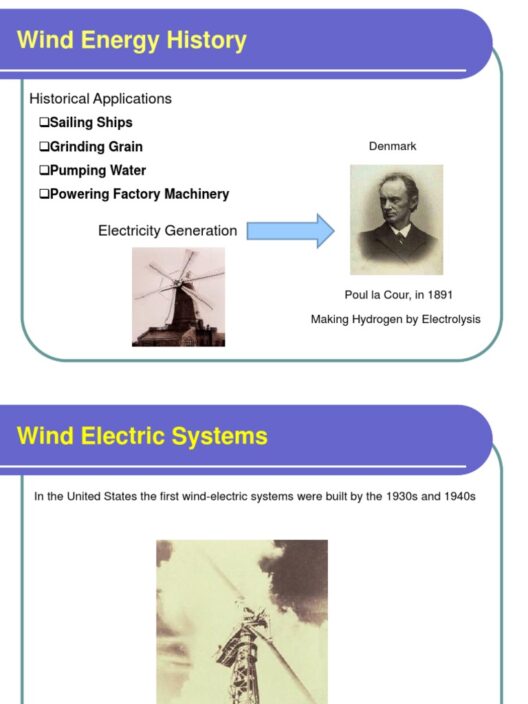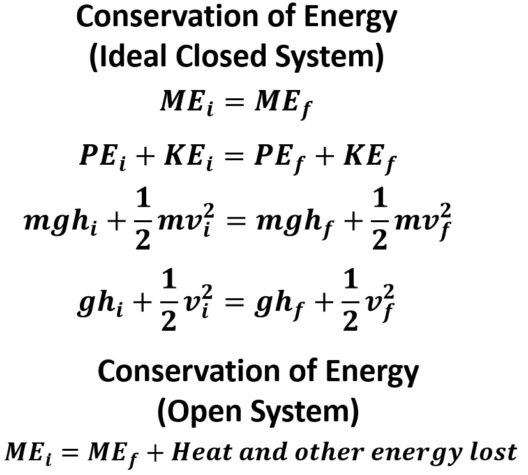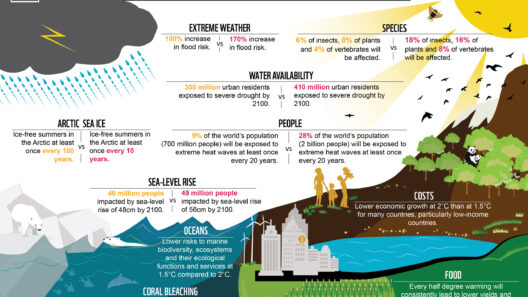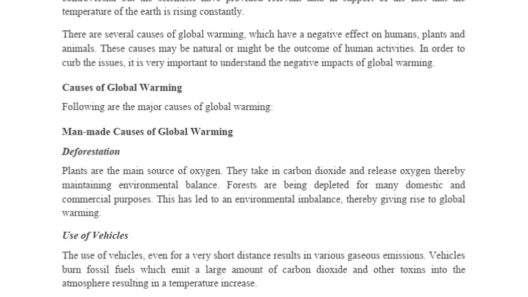Global warming is no longer a distant threat. Its manifestations are increasingly visible in extreme weather events, rising sea levels, and widespread ecological disruptions. As we examine the potential consequences of climate change, one pressing question looms large: When will global warming kill us? This inquiry delves deep into the long-term risks, elucidating the cascading effects of our changing climate on human societies and ecosystems.
Understanding the timeline of climate change impacts is complex. Scientists often forecast scenarios based on greenhouse gas emissions trajectories, illustrating a spectrum of potential outcomes. The consensus among climate experts is that, without substantial mitigation efforts, we are on a path toward catastrophic consequences—some of which might unfold within decades. But in focusing on the immediacy of this challenge, we must also zoom out and consider the broader horizon of risk. Every year of inaction compounds future challenges.
To grasp the question of mortality in the context of global warming, we must first examine the fundamental drivers of climate change, the ecological ramifications of this warming, and the socio-economic repercussions that threaten human survival.
The Underlying Catalysts of Global Warming
At the heart of climate change lies the accumulation of greenhouse gases (GHGs) in the atmosphere, primarily carbon dioxide (CO2), methane (CH4), and nitrous oxide (N2O). These gases trap heat from the sun, creating a greenhouse effect that leads to rising global temperatures. Human activities—such as deforestation, fossil fuel combustion, and industrial processes—exacerbate this phenomenon. With the current trajectory, the Earth is expected to warm by as much as 2 to 4 degrees Celsius above pre-industrial levels by the end of this century unless immediate and profound changes to energy consumption patterns are implemented.
The ramifications of increasing temperatures transcend the mere warming of the planet. They encompass a wide range of detrimental outcomes, including alterations in precipitation patterns, intensified storms, and extended heatwaves. As we continue to emit GHGs at unprecedented rates, we push the thresholds of many ecological systems, leading to irreversible changes. The frequency of these extreme weather events has already escalated, resulting in loss of life, displacement, and economic devastation.
Ecological Consequences: Nature on the Brink
Global warming compromises biodiversity and disrupts ecosystems, which in turn undermines the very foundations of human life. Ecosystem services—such as pollination, clean air and water, and climate regulation—are degrading. Consider coral reefs, which support vast marine biodiversity. Increased water temperatures and acidity due to elevated CO2 levels have led to large-scale bleaching events, endangering not only marine species but also the livelihoods of millions who depend on fishing and tourism. This degradation can be perceived as nature’s tiptoe towards collapse.
Forests act as carbon sinks but are increasingly threatened by wildfires, pests, and climate-induced diseases, which accelerate deforestation and habitat loss. As we witness these changes, wild animals face displacement and extinction, leading to a domino effect that disrupts food chains. The erosion of biodiversity poses dire threats to food security; a less diverse array of species reduces resilience against pathogens and climatic variances.
Socio-Economic Impacts: A Humanitarian Crisis
The socio-economic consequences of climate change are consequential. The poorest and most vulnerable populations are often the hardest hit, exacerbating existing inequalities. Consider the impacts on agriculture—climate variability has already begun to disrupt planting seasons and yield forecasts. Regions dependent on staple crops such as wheat, rice, and corn face ruin as droughts, floods, and rising temperatures affect harvests. Food shortages could ignite conflict and mass migration, creating a humanitarian crisis with cascading effects on global stability.
Moreover, sea level rise threatens coastal communities worldwide. People living in low-lying areas, particularly in developing nations, face the stark reality of displacement. This mass migration could result in tens or even hundreds of millions of climate refugees, creating tension and conflict over increasingly scarce resources. Governments worldwide would inevitably face colossal challenges as they struggle to cope with this influx, potentially leading to the destabilization of entire regions.
Looking to the Future: The Path Forward
In the face of these daunting risks, the question remains: Can we avert catastrophe? The answer lies in our collective actions. Transitioning to renewable energy sources, enhancing energy efficiency, restoring natural ecosystems, and reducing emissions are vital strategies. Policymakers, businesses, and individuals must rally together to implement ambitious climate strategies. Investments in green technologies, mass transit, sustainable agriculture, and reforestation can pave the way to a more resilient future.
Additionally, education and awareness campaigns play indispensable roles in equipping individuals with the knowledge to make sustainable choices. We have an opportunity—perhaps a responsibility—to engender a shift in cultural values toward sustainability, recognizing that our well-being is inextricably linked to the health of the planet.
In contemplating when global warming will kill us, it is clear that the death toll is not merely a matter of years but rather a gradual decline, manifest in ecosystems and communities as they unravel under strain. By acknowledging both the immediacy of action needed and the long-term implications of our choices, we can forge a path toward sustainability. Only through conscious effort can we hope to leave behind a thriving planet for future generations.


